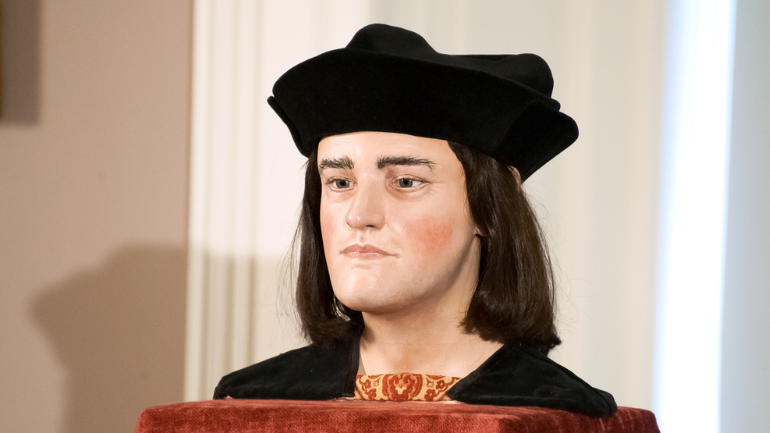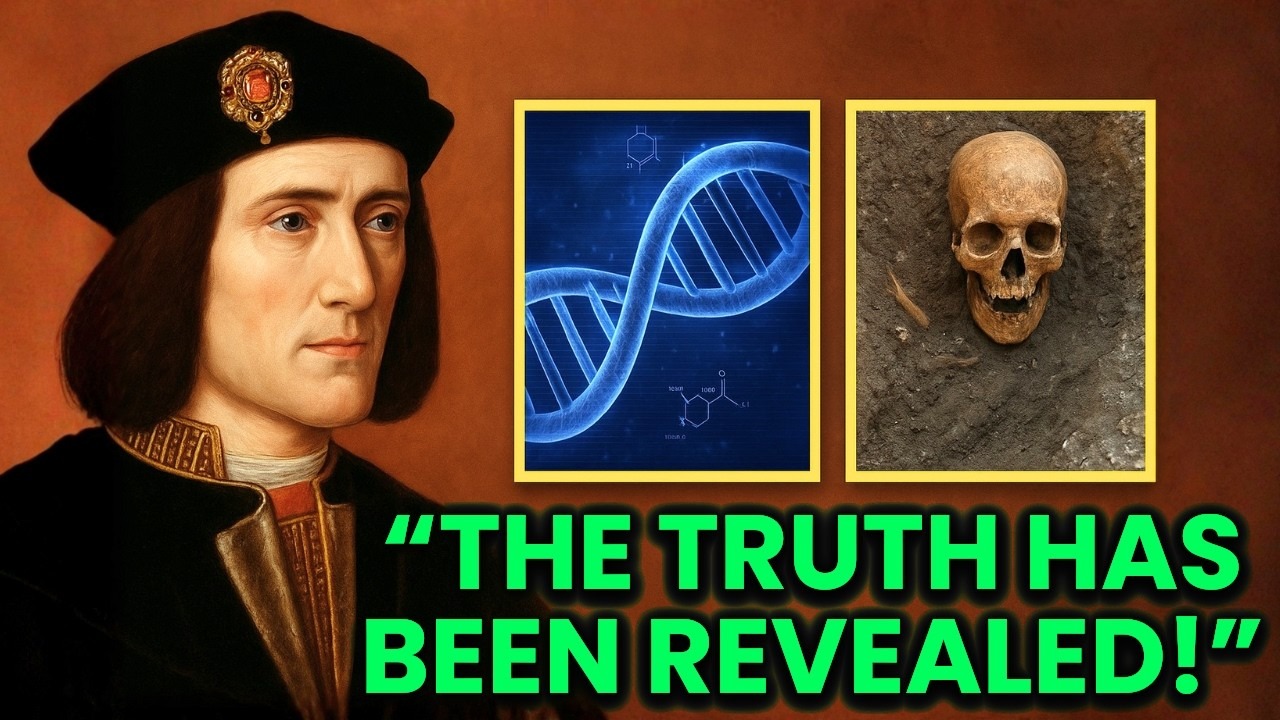In 2012, archaeologists made one of modern Britain’s most remarkable historical discoveries: the remains of King Richard III were located beneath a parking lot in Leicester, on the grounds of the former Greyfriars friary. This moment captured worldwide attention. It was the first time archaeologists and geneticists had collaborated so closely to confirm the identity of a medieval English monarch using DNA evidence. For scholars who had long debated Richard III’s life and legacy, this discovery marked a turning point, offering new clarity rooted in science rather than political interpretation or legend.
Richard III, often portrayed through contrasting historical lenses, had become one of England’s most discussed kings. The opportunity to analyze his remains presented an unprecedented chance to understand his ancestry, health, and historical context more accurately. Once the remains were confirmed through a combination of radiocarbon dating, injury analysis, and genealogical comparison, researchers shifted their attention to the deeper question of Richard’s lineage and how it aligned with centuries of recorded royal history.
What the DNA Analysis Actually Found

Scientists from the University of Leicester carried out extensive genetic testing, focusing on mitochondrial DNA passed through the maternal line and on the Y chromosome passed from father to son. Richard III’s mitochondrial DNA matched that of known descendants from the same maternal lineage, providing strong confirmation of identity.
However, the Y-chromosome results revealed something unexpected. When compared with the Y-chromosome of living male-line descendants from other branches of the Plantagenet family, the two did not match. This discrepancy, known in genetics as a “false paternity event,” simply means that at some point in the extended family tree, the biological father differed from the documented father.
Interpreting this finding requires careful context. False paternity events are neither rare nor scandalous when viewed over many generations. Historians emphasize that such occurrences are part of normal genealogical complexity, which can result from clerical errors, remarriage, informal adoption, or other family circumstances. With a royal family tree extending more than six centuries, the presence of a single mismatch does not imply wrongdoing or conspiracy.
Equally important, the DNA research did not pinpoint when the lineage break occurred. It could have taken place many generations before Richard III. It could also have arisen in later branches unrelated to the core medieval succession. The study did not — and scientifically cannot — identify any specific historical figure as the point of divergence.
Why the Findings Do Not Rewrite Royal History

While the DNA findings sparked widespread public curiosity, historians point out that they do not alter the legitimacy of past or present monarchs. The English monarchy has never been determined by genetic purity or biological verification. Instead, succession throughout the medieval and early modern periods relied on documented lineage, political consensus, the recognition of Parliament, and broader legal structures, not DNA.
In other words, royal authority derived from law, governance, and social order — not from genetic testing. As a result, the Y-chromosome anomaly does not undermine the historical continuity of the Crown. Instead, it highlights that medieval succession was shaped by the political realities of the time.
Geneticists involved in the study stressed that the findings should be viewed as part of a broader scientific effort to understand medieval ancestry, not as evidence of historical disruption. The purpose of the research was to identify Richard III’s remains, not to assess the legitimacy of centuries of rulers.
Where the Lineage Break Might Have Occurred

Although the exact point of the Y-chromosome break remains unknown, scholars have explored several possibilities based on genealogical gaps. The divergence could have taken place:
-
within Richard III’s immediate paternal line
-
in earlier generations of the Yorkist branch
-
within the Lancastrian branch of Edward III’s descendants
-
or in lines unrelated to the central royal succession
Any of these locations are plausible given the length and complexity of the Plantagenet family tree. Medieval Europe frequently saw periods where documentation was limited, marriages involved political negotiations, and family circumstances were not always formally recorded.
Understanding this complexity is essential. The discovery does not imply deception or scandal. Instead, it acknowledges the natural uncertainty present in any family line stretching across centuries. Genealogy, even in royal families, is shaped by human life rather than perfect historical record-keeping.
How Historians Interpret the Discovery Today
Historians and archaeologists view the Richard III DNA study not as a disruption to English royal history, but as an advancement in multi-disciplinary research. By combining archaeology, forensic science, genealogy, and archival scholarship, researchers gained a richer understanding of Richard III’s life and era.
Several key insights have emerged from this collaboration. First, long family lines naturally contain points of uncertainty, and these should be seen as part of the human story rather than as anomalies. Second, succession in medieval England depended on political and legal structures that remain unaffected by modern genetic findings. Third, the discovery strengthens, rather than weakens, the historical record by providing clearer scientific insight into Richard III’s identity, health, ancestry, and physical characteristics.
The study also helped reshape Richard III’s public legacy. For many years, his historical reputation was shaped by narratives written long after his death. The scientific examination of his remains offered a more grounded understanding of who he was, adding nuance to centuries of debate.
A More Human Understanding of the Past
The discovery of Richard III’s remains, along with the subsequent DNA analysis, illustrates how modern scientific tools can deepen our understanding of history. Rather than presenting a dramatic revelation, the research encourages a more realistic view of lineage, identity, and the complexity of medieval life.
The Y-chromosome mismatch does not create controversy; instead, it highlights that history is shaped by people, not perfect lines on a chart. The scientific findings surrounding Richard III expand the story of the Plantagenet dynasty, offering new layers of context while leaving established historical structures intact.
Ultimately, the significance of the discovery lies not in speculation, but in collaboration — a reminder of how archaeology and biology can work together to enrich the study of the past.
Sources
-
University of Leicester – Genetic and archaeological analysis confirming Richard III’s identity
-
BBC News – What Richard III’s DNA tells us about medieval ancestry
-
PBS NewsHour – Understanding the genetic findings behind the Richard III discovery

